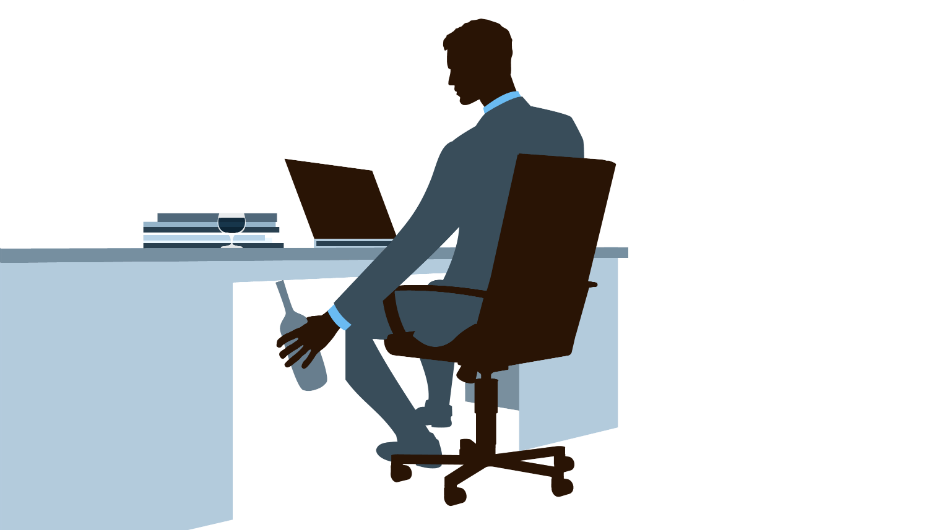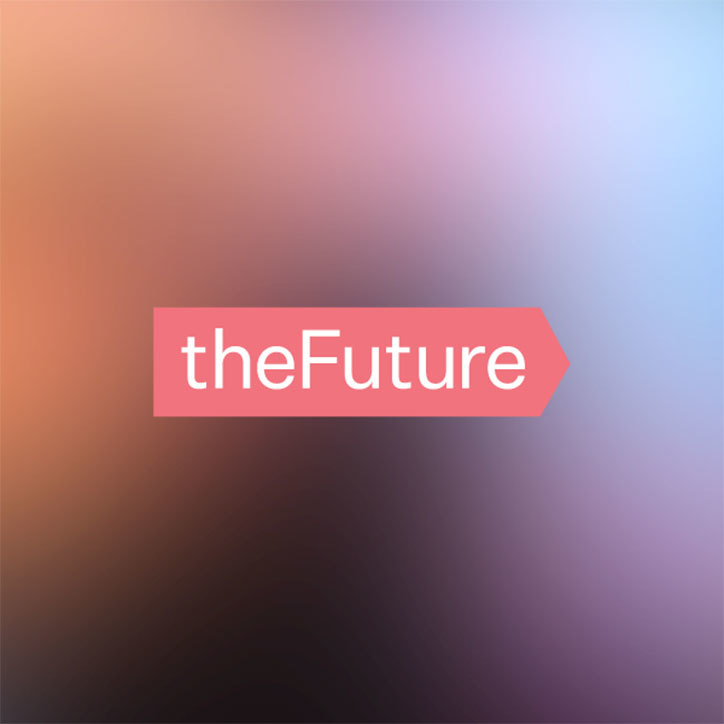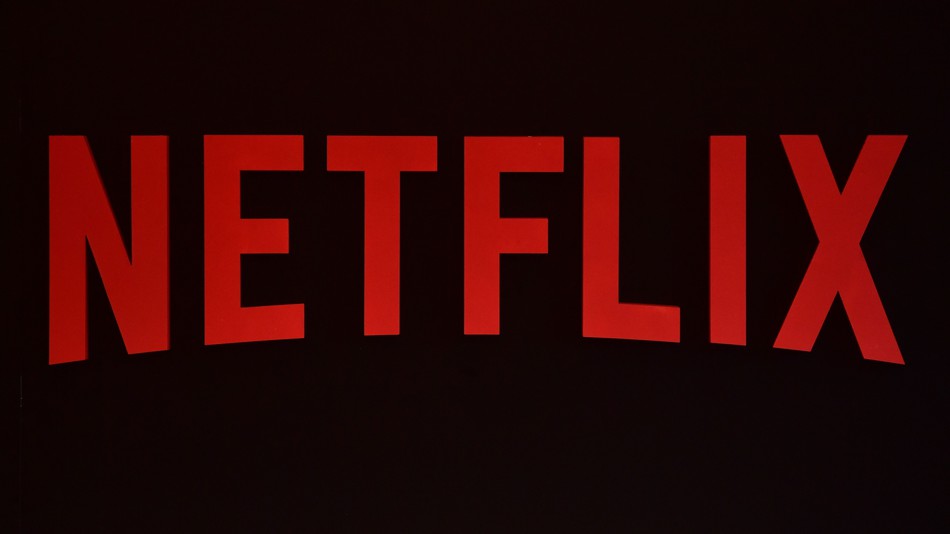By
Retail is betting big on tech, and the market activity proves it. Last year, Nordstrom acquired tech startups BevyUp and MessageYes to further improve its online shopping experience. Walmart acquired virtual reality startup Spatialand, while Target bought Shipt (an Algolia customer) to provide same-day delivery.
As retail embraces technology, the industry is setting the stage for a new standard that will affect our everyday lives: Search as an avenue to build personalized and engaging discovery experiences. This represents nothing short of a technological revolution in terms of how everyday consumers browse products, shop and engage with brands.
Our new survey report demonstrates that search is critical to online retail. On-site shoppers are more than 200% more likely to convert compared to non-search users, and retailers of different segments and sizes are seeing the link between search, revenue and their bottom line.
The report further reveals search impacting key performance indicators (KPIs)such as basket size, revenue per visitor and average number of items ordered. Retailers with the most revenue are those taking the most mature approach to search, leveraging more sophisticated touchpoints and personalization features.
The stakes are high for retailers. Those who are able to engage in a more interactive and conversational manner with their consumers are poised to deliver a superior shopping experience.
As A Retailer’s Search Experience Matures, So Do Consumer Touchpoints And Engagement
There are three different stages of search and discovery technology, each demonstrating the range of retailer maturity in relation to site search. Each stage provides retailers with the opportunity to provide customers with personalized interactions, allowing for more engaged and meaningful experiences.
The first stage is “Search in the Box.” This most basic function, which we are all used to, is purely transactional. Users find only what they search for using the most basic form of search with less relevancy and personalization. As “Search in the Box” requires users to comb through for the exact result they are looking for, it is less likely to result in a purchase.
The second stage — “Search Beyond the Box” — improves the user experience significantly by helping customers discover new products and options beyond what they can express (or take the time to express) and what they know of the business’ inventory. Rather than having to type into a search box, shoppers can browse and use advanced navigation and faceting options. The relationship between the customer and the site is much like one with a personal shopper recommending items to a customer based on their preferences or onsite history.
The last and most advanced stage in the search maturity model is “Search Without the Box,” which is seamless, personalized and ultra-relevant search predicting user needs. In the coming years, such an experience will become ubiquitous, integrated/embedded and predictive. Conversational search, in which the user interacts with software in the form of natural conversation, is the direction we are going toward as search continues to evolve. The user interface may include voice or conversation along with browsing, navigation and advanced faceting.
Actually, based on our findings, less than 4% of retail survey respondents say they offer “Search Without the Box.” In fact, 40% of companies, including those with revenue more than $100 million, are at risk of losing revenue due to lack of budget they are able to devote to advancing their search capabilities.
It is critical for retailers to progress in the search maturity model to take advantage of the most important consumer touch points available. Here are three recommendations that companies can use to get started in (re)evaluating their search strategy.
First, retailers can review critical KPIs and how they are related to site search. The above-mentioned stat about companies at risk of losing revenue are not tracking even the most basic metrics, such as the percentage of site visitors using search. Other relevant KPIs might include revenue per visit, time on site after search and highest bounce searches. Are there any your organization has previously ignored? If so, look to fill those gaps.
To ensure you are addressing your KPIs, take stock of current search capabilities. Does the technology you use have tablestake features that consumers expect, “spoiled” by the likes of Google and Netflix that excel at providing personalized user experiences? These features include speed, typo tolerance, synonyms, language capabilities and advanced query suggestions.
Finally, are you looking ahead to upcoming trends such as voice search? Important e-commerce concepts such as personalization and omnichannel improvements are already relying on critical UIs like chatbots and voice. According to Narvar’s 2017 consumer report, 70% of device owners already shop by voice or expect to. Search technologies at the forefront of natural language processing are a jump ahead with digital transformation and progressing along the search maturity model.
As Search Transforms The Retail Industry, What’s Next?
If engagement is king in retail, then search is the tool to unlock it. More and more brands recognize the value of strategic consumer engagement to demonstrate they are authentic and caring, claims PwC — a key point considering the importance of brand authenticity among millennials as they make purchasing decisions.
“Customer experience will overtake price and product as the key brand differentiator by the year 2020,” according to KPMG. Naturally, brand engagement relies heavily on online experience. By evolving to “Search Without the Box,” retailers are on the cusp of transforming what we expect from the search experience itself.
As more online consumers engage in advanced search capabilities, over time they will expect the same seamless experience everywhere. It will extend from how they interact with search at home into their professional lives, much in the way that consumerization has impacted enterprise IT.
With retail continuing to adopt increasingly mature search models, the sector is transforming search — not to mention the concept of brand engagement itself. Other industries should take note.
Feature Image Credit: Getty
By
Co-Founder and CEO of Algolia, the leading Search & Discovery API for websites and mobile apps.











